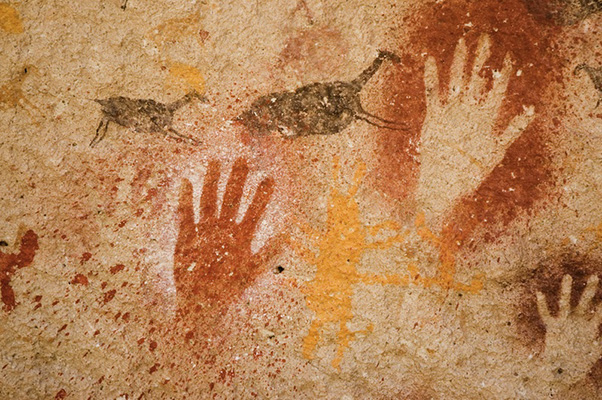Ascent, Descent, and Divergence: Darwin and Haeckel on the Human Family Tree
DOI:
https://doi.org/10.5399/uo/konturen.7.0.3523Abstract
In their pathbreaking discussions of the human family tree in the 1860s and 1870s, Ernst Haeckel and Charles Darwin had to account for both the ascent of the species and its diversification into races. But what was the cause and the pattern of diversification, and when did it begin? Did we attain a common humanity first, which all the races still share? Or did we split up as apes and have to find our own separate and perhaps not equivalent ways to become human? Using texts and images from their principal works, this essay recovers Haeckel’s and Darwin’s views on these points, relates them to the monogenist-polygenist debate, and compares them to Alfred Russel Wallace’s 1864 attempt at a compromise.Published
2014-09-16
How to Cite
Gliboff, S. (2014). Ascent, Descent, and Divergence: Darwin and Haeckel on the Human Family Tree. Konturen, 6, 103–130. https://doi.org/10.5399/uo/konturen.7.0.3523
Issue
Section
Articles

